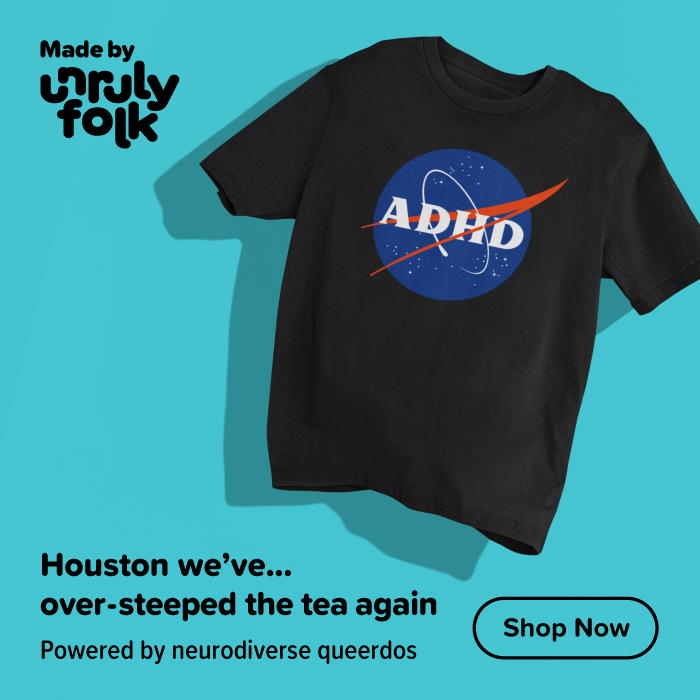Today, I want to talk a bit about fawning. No, it’s not about deer or how much I love my favourite people, although I’m always down to ramble about that. It’s about a trauma response that’s way too familiar to many autistic people, including yours truly.
What Is Fawning?
Fawning is when you suppress your own needs, feelings, and sense of self to appease others. Think of it as a mix of fight, flight, or freeze, but with a twist: you’re turning into the world’s best people-pleaser to avoid conflict or distress. Sounds exhausting, right? That’s because it is.
Why Do Autistic People Fawn?
Oh, where to begin? Being autistic means navigating a world that often doesn’t get us. We’ve got different approaches to social communication and a unique way of viewing the world, which can lead to a treasure trove of negative social experiences. Research even suggests allistic (non-autistic) folks automatically find us less likable. Ouch.
So, what’s a logical, survival-oriented brain to do? Fawn, of course. By fawning, we try to minimise those painful social rejections. It’s like trying to wear an invisible cloak of likability, even if it means hiding our true selves.
The Social Minefield
Reading non-autistic social cues is confusing and exhausting. Instead of risking social faux pas, many of us go along with what others say, suppressing our own thoughts and feelings. It’s easier to be the ‘yes’ person than to navigate the intricate dance of social norms without having a minute to stop and process.
Predictability and Safety
Let’s face it: the world is unpredictable. For autistic people, predictability is our best friend. If being overly helpful or agreeable gets a consistent response, we stick with it. It’s a strategy that feels safe, even if it’s slowly eroding our sense of self.
Early Lessons in Suppression
Growing up autistic in a non-autistic world often means our needs are brushed aside. “Why are you making a big deal out of it,” is a phrase we hear a lot. We’re taught to ignore our sensory needs and discomfort. Over time, this translates to a broader lesson: our needs and boundaries don’t matter. Fawning becomes a survival tool we’ve honed from a young age.
What Does Fawning Look Like?
So, how do you spot a fawner? Here are some telltale signs:
Difficulty saying ‘no’: No? Never met her.
Ignoring our thoughts: Following others’ lead even if it means suppressing our own ideas.
Over-apologising: “Sorry” is practically our middle name.
Lack of boundaries: Personal space? What’s that?
Resolving conflict at our expense: We’ll put ourselves down to make peace.
Excessive helpfulness: We become the go-to person for everyone’s problems.
Downplaying achievements: Oh, this little thing? It’s nothing, really.
Smiling through discomfort: When in doubt, smile it out.
Struggling with self-identity: Who even am I?
Intense anxiety over perception: We’re constantly worried about how others see us.
The Dark Side of Fawning
Here’s where it gets serious. Fawning can put us in dangerous situations. Many autistic people have been abused by someone they trusted as a friend, and 9 out of 10 autistic women experience sexual assault. It’s a grim reality that’s underreported and under-researched.
Final Thoughts
Fawning is a survival mechanism born from a lifetime of navigating a world that makes it almost impossible to be ourselves. It’s not just about being nice or agreeable; it’s about protection, but sometimes it does more harm than good.
At Unruly Folk, we celebrate the messy, chaotic, beautiful realities of being neurodivergent. So, let’s acknowledge the fawners among us and work towards a world where we can all be unapologetically ourselves. Because honestly, we deserve nothing less.



























































